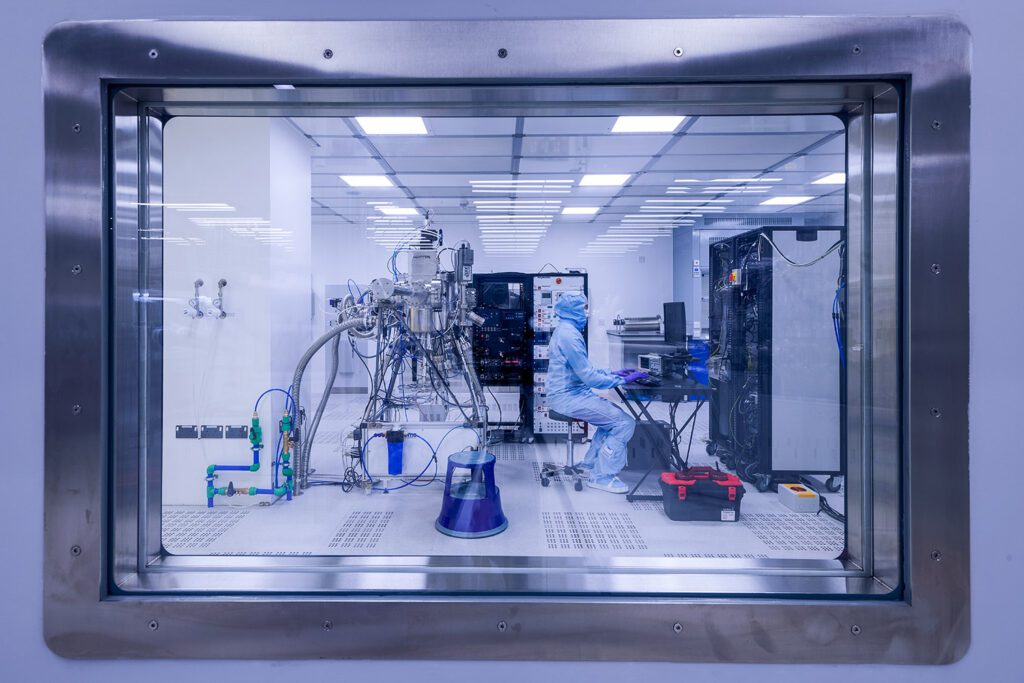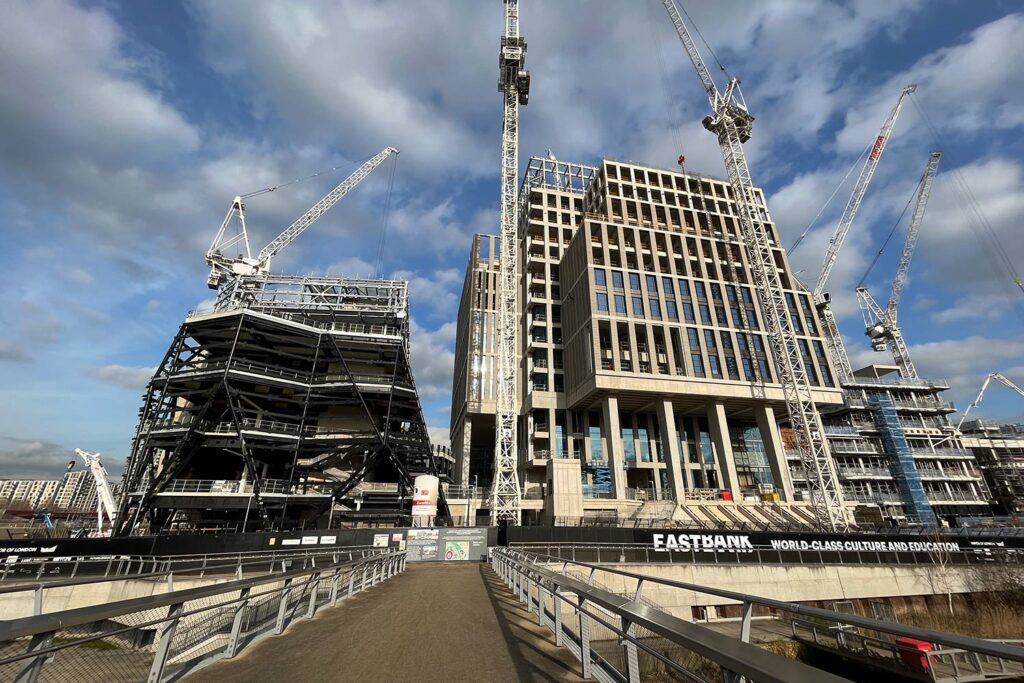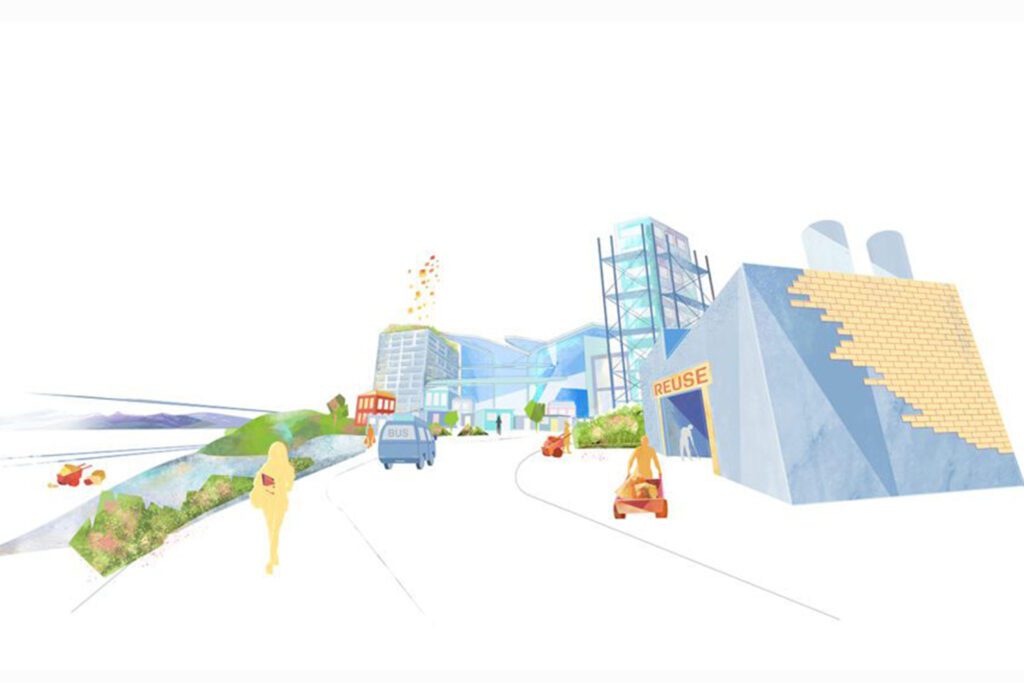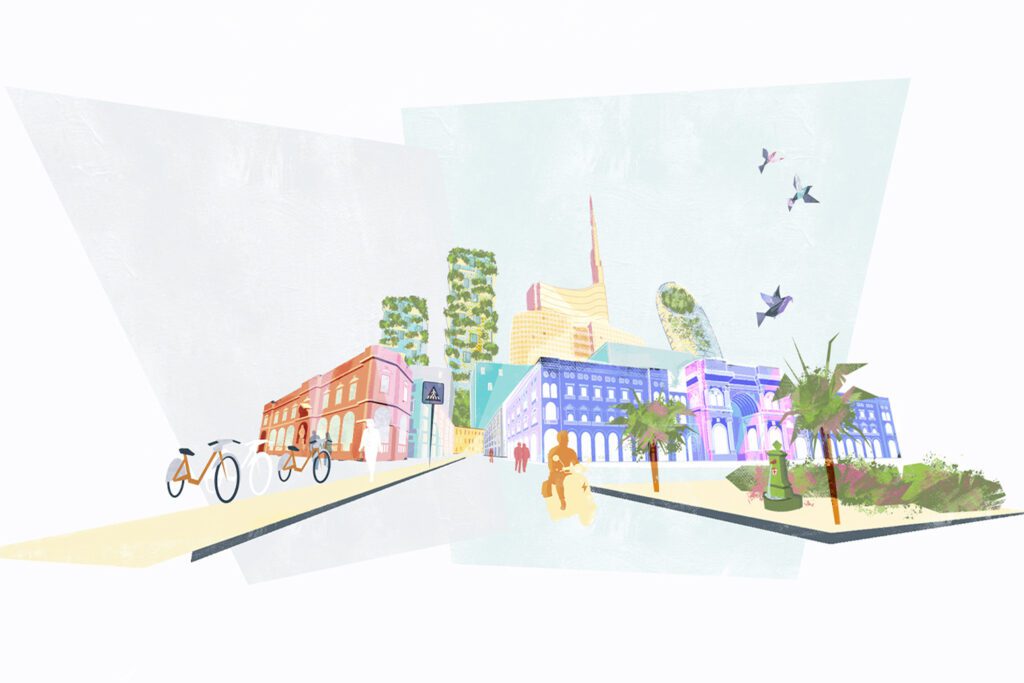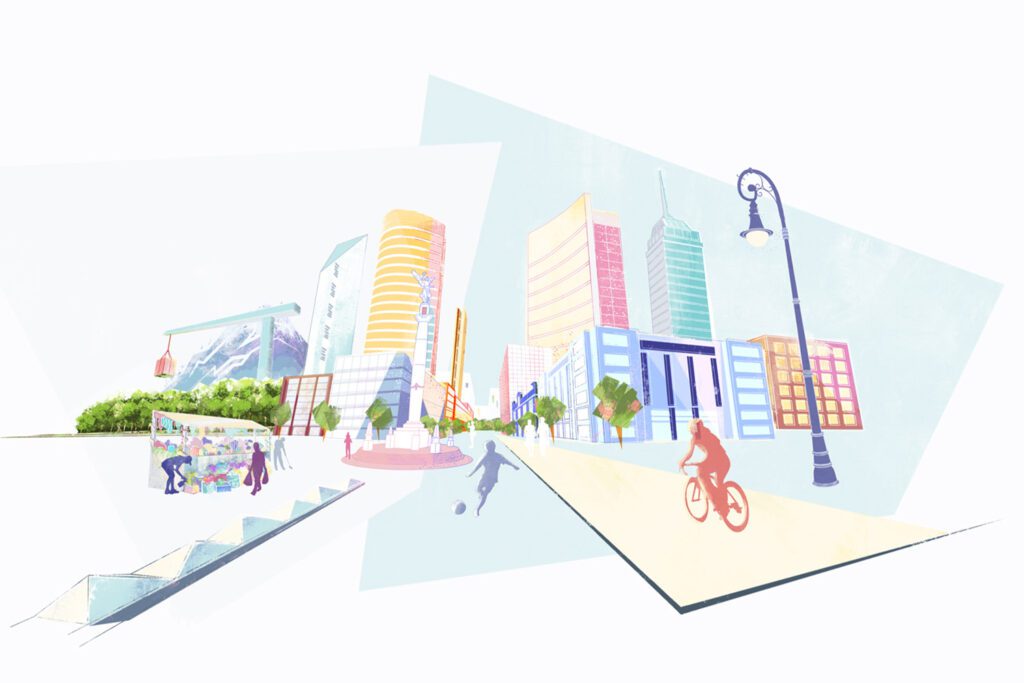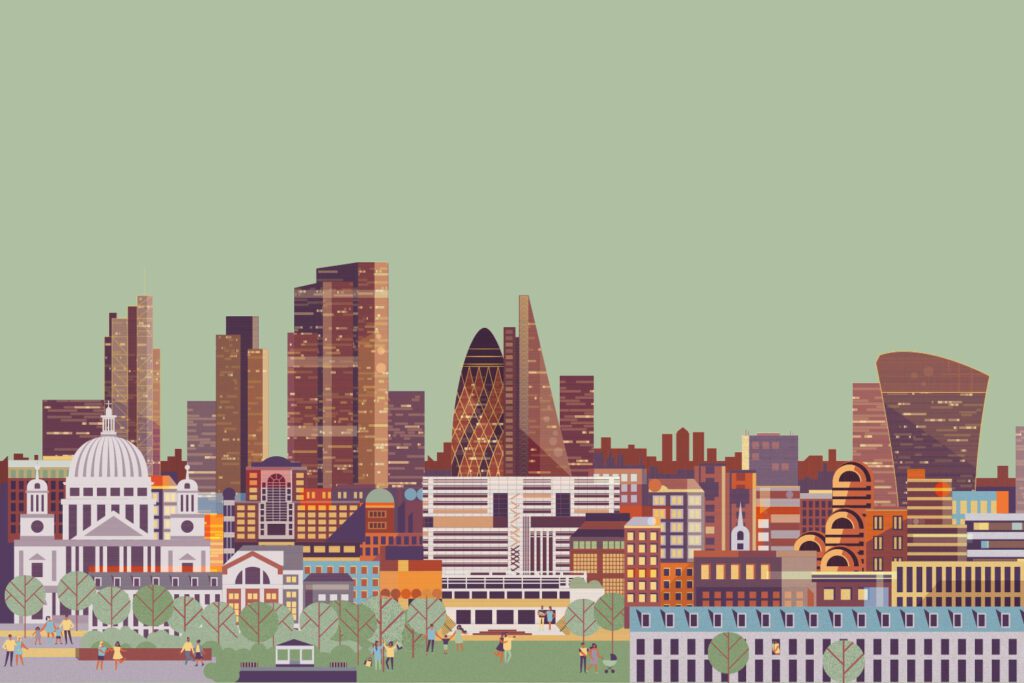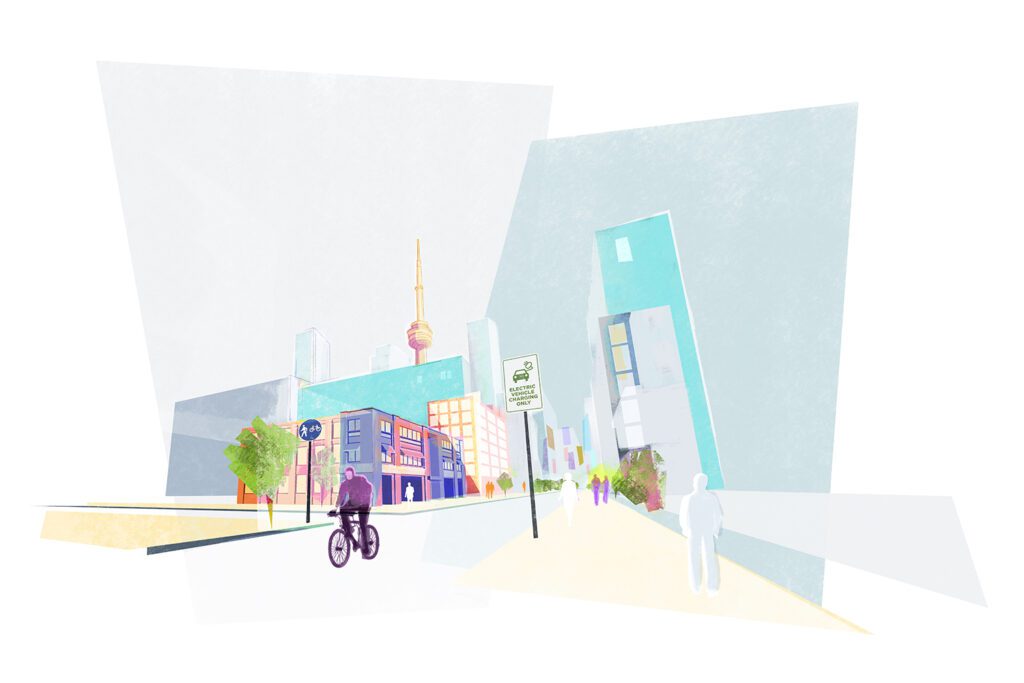Event Recap: Built Environment for the Future – Why do we build?
The latest session in our ‘Built Environment for the Future’ events series revolved around the question – ‘why do we build?’ Taking place in August, the event brought together the NextGen cohort from across the architecture, engineering, and construction industries.
Building on a cross-disciplinary network created by Buro Happold and Allies and Morrison for young professionals to learn about and champion sustainability, this session brought together a range of experts to give presentations.
Following this, attendees were invited to work together to discuss different responses to the question ‘why do we build?’ This was approached through three lenses’, looking at historical alternatives, master planning with intent, and questioning the need to build new and choosing retrofit options.

Guest Speakers
Smith Mordak
Smith’s presentation revolved around how cities were formed, and introduced some alternative historical ideas for how cities have been run before. These ideas broke convention and invited attendees to think differently about how they approach modern-day city planning.
Holly Conway, Urban Designer, Allies and Morrison
Holly moved attendees’ minds to the modern day, looking at recent examples of how masterplans have been implemented in 21st-century cities and inviting discussion on their effectiveness.
Dermot Barnes, Associate Director of Sustainability, XCO2
Finally, Dermot discussed the need for retrofit through his 20+ years of experience working with energy efficiency in the built environment. Drawing on his time with XCO2, there was a focus on mitigation and adaption priorities for retrofitting stock for local authority and social landlords.

What did we learn?
- The need to retrofit is key; 80% of all buildings standing in 2050 are already built so the importance of re-working those existing buildings is crucial. The monthly pre and post-retrofit outcomes on total energy costs in standard homes are stark and can help towards a more sustainable and cost effective future.
- When masterplanning, we need to consider the unintended consequences and not alienate local communities, instead, they must be integral to the process. We need to be mindful that the plans we design hold the power to govern how we inhabit and exist in the world for an extended period of time. Buildings, people and politicians come and go, but the city lives on in most cases.
- To be successful in the long term, cities need to be places of equity and shared responsibility. Research has shown some early civilizations used alternative models of city-running, including a system that saw different satellite settlements take turns to govern.

